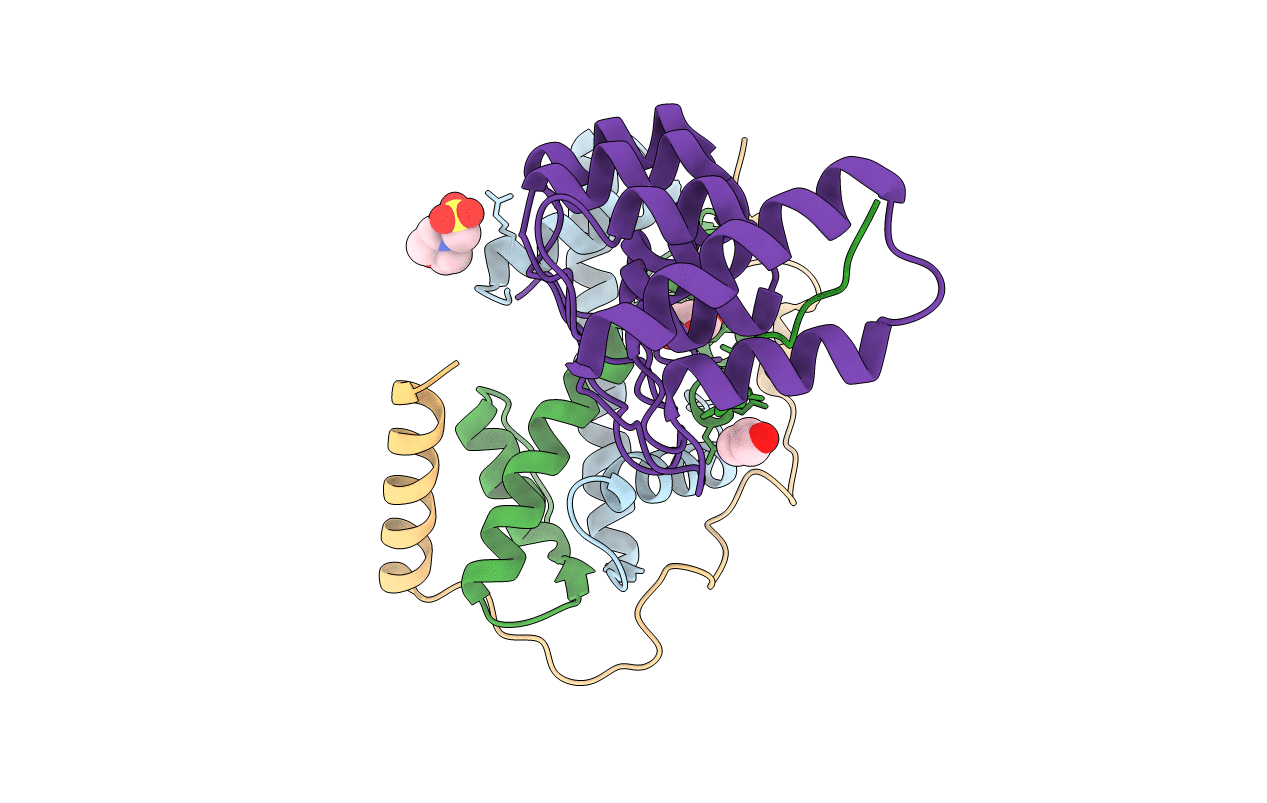
Deposition Date
2016-04-11
Release Date
2016-06-15
Last Version Date
2023-09-27
Entry Detail
PDB ID:
5JA4
Keywords:
Title:
Crystal structure of human TONSL and MCM2 HBDs binding to a histone H3-H4 tetramer
Biological Source:
Source Organism:
Homo sapiens (Taxon ID: 9606)
Host Organism:
Method Details:
Experimental Method:
Resolution:
2.42 Å
R-Value Free:
0.24
R-Value Work:
0.20
R-Value Observed:
0.20
Space Group:
P 3 2 1


